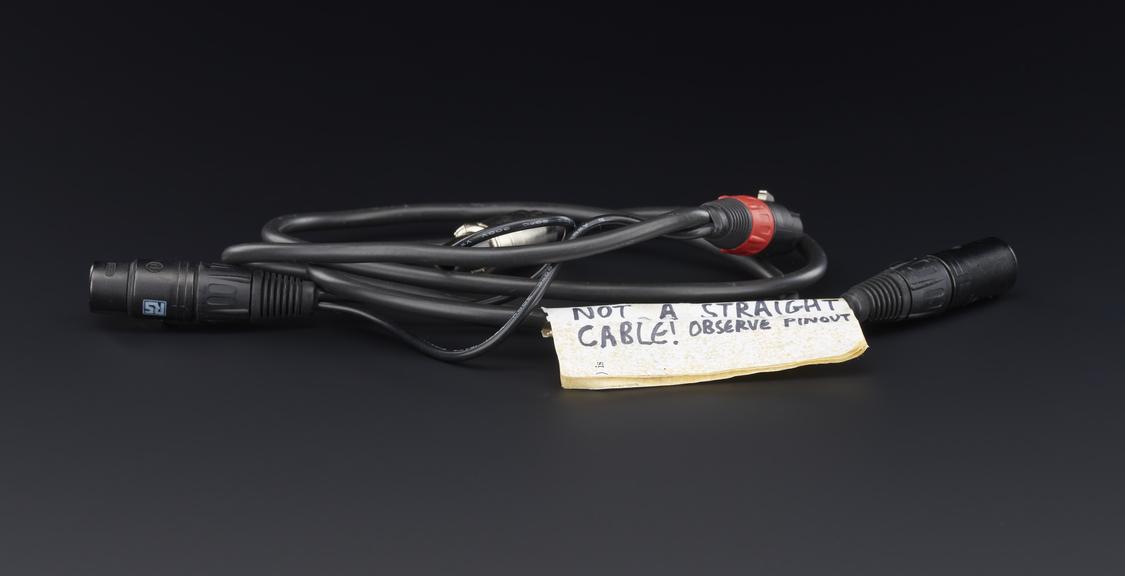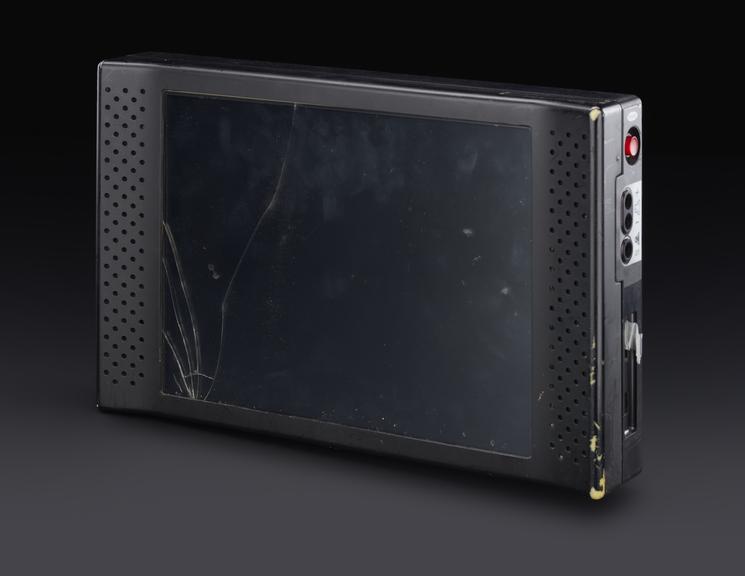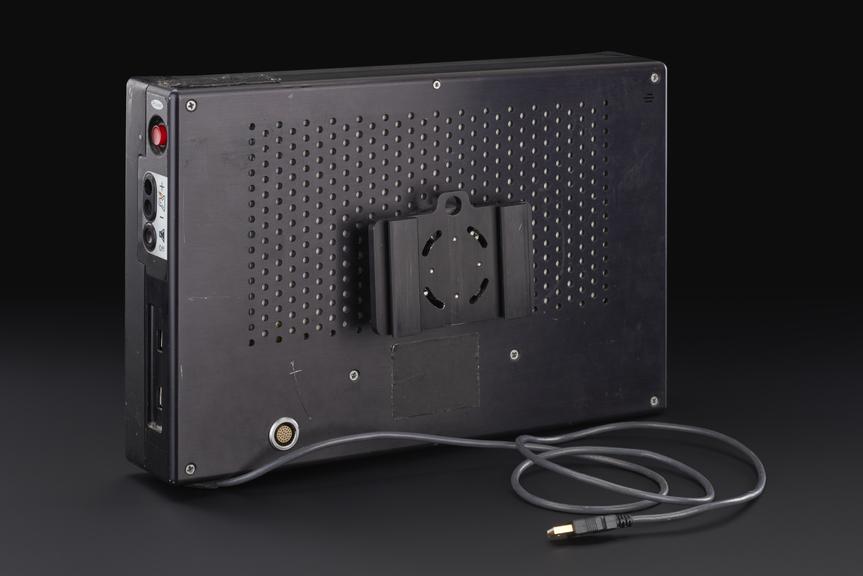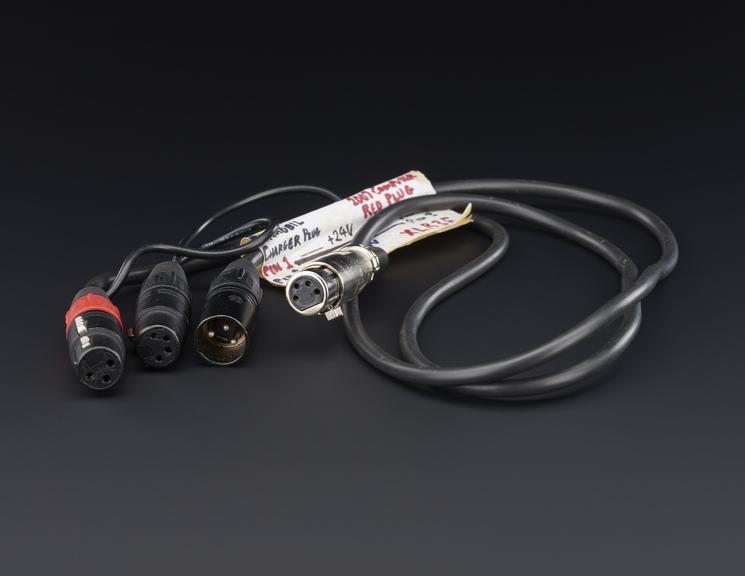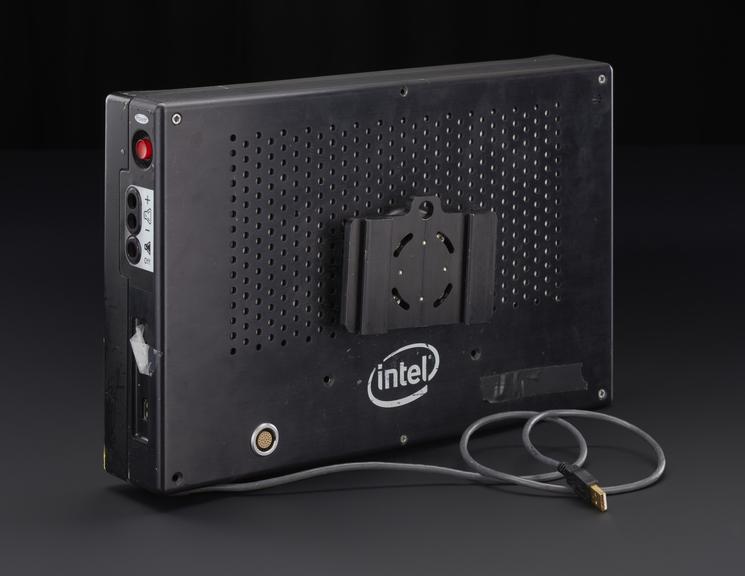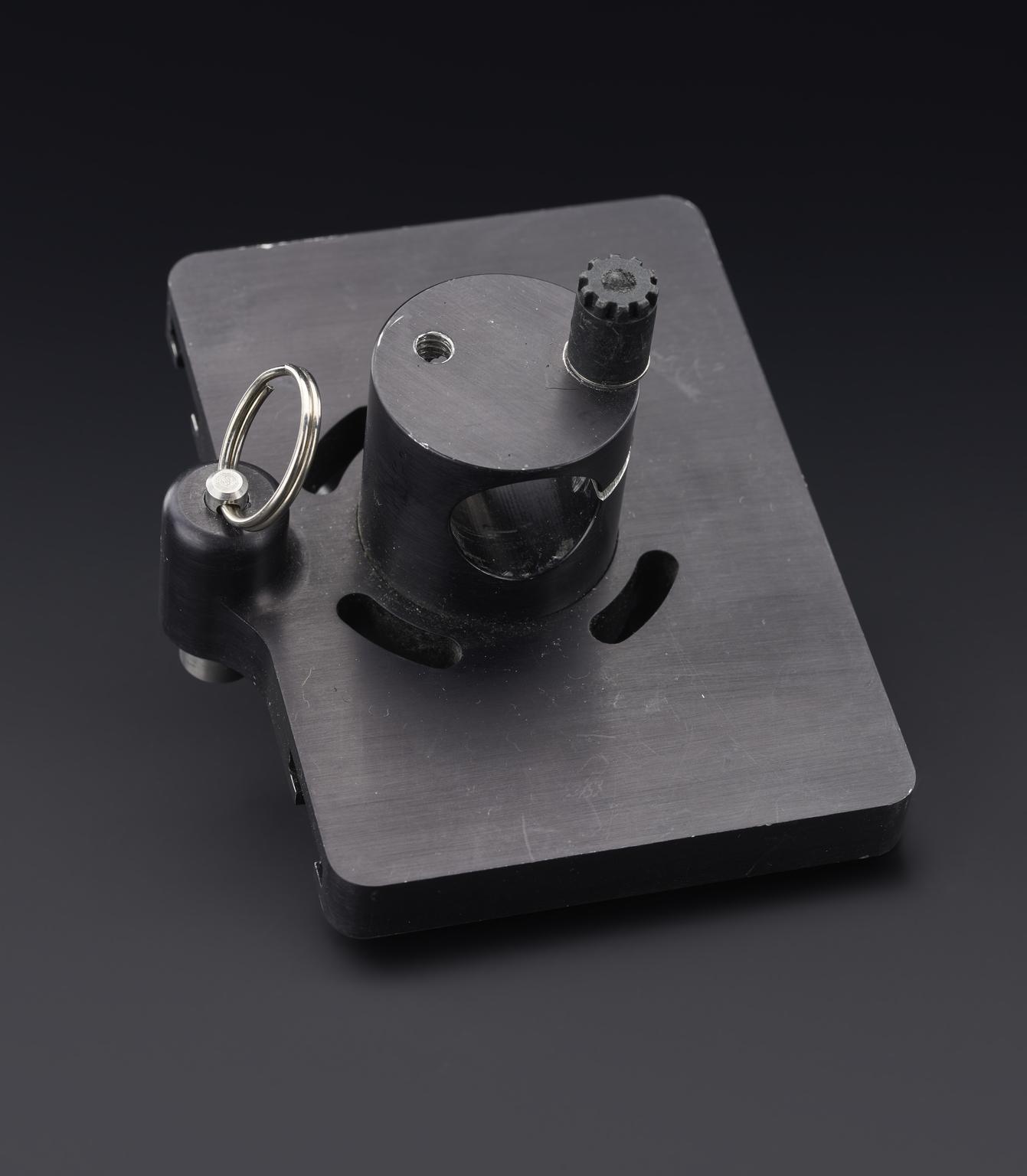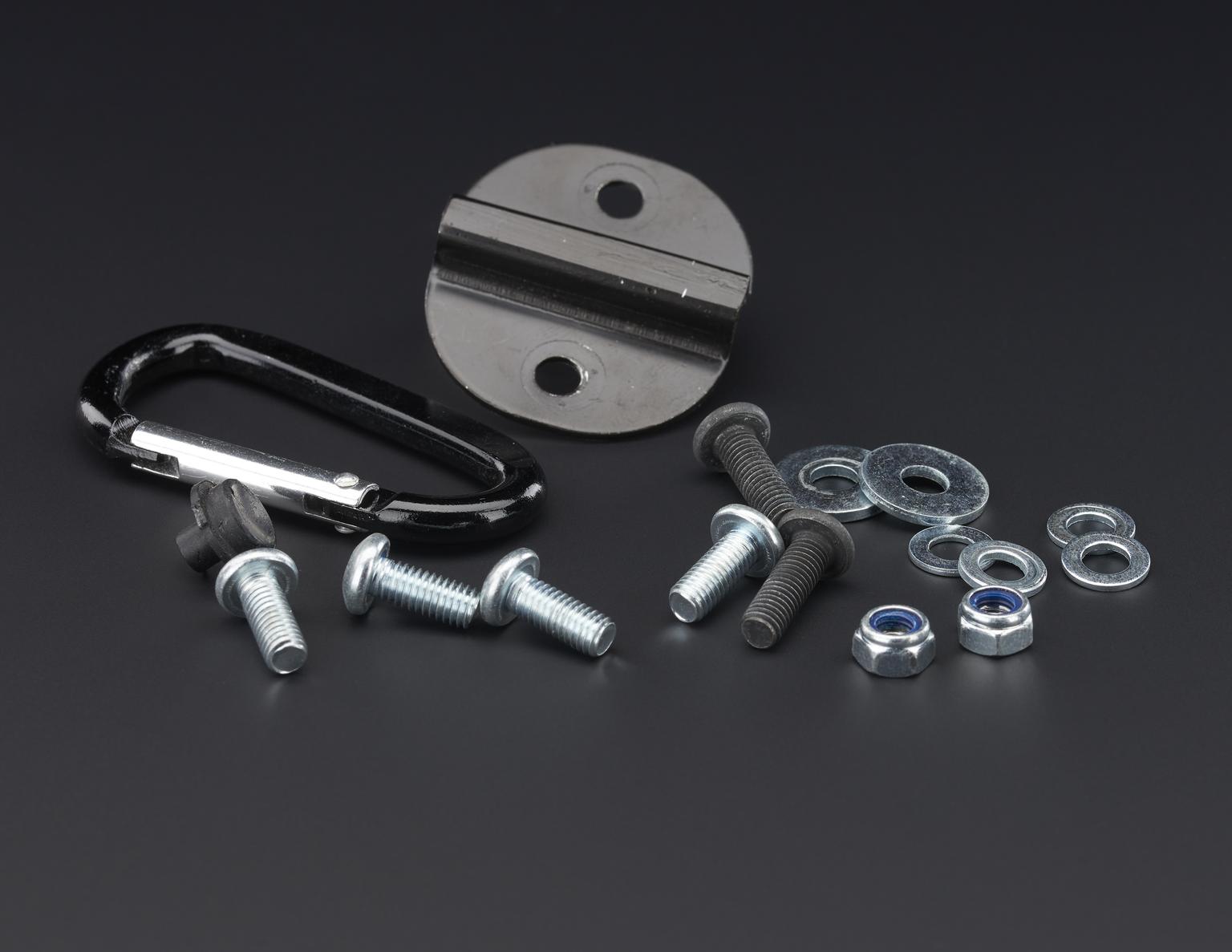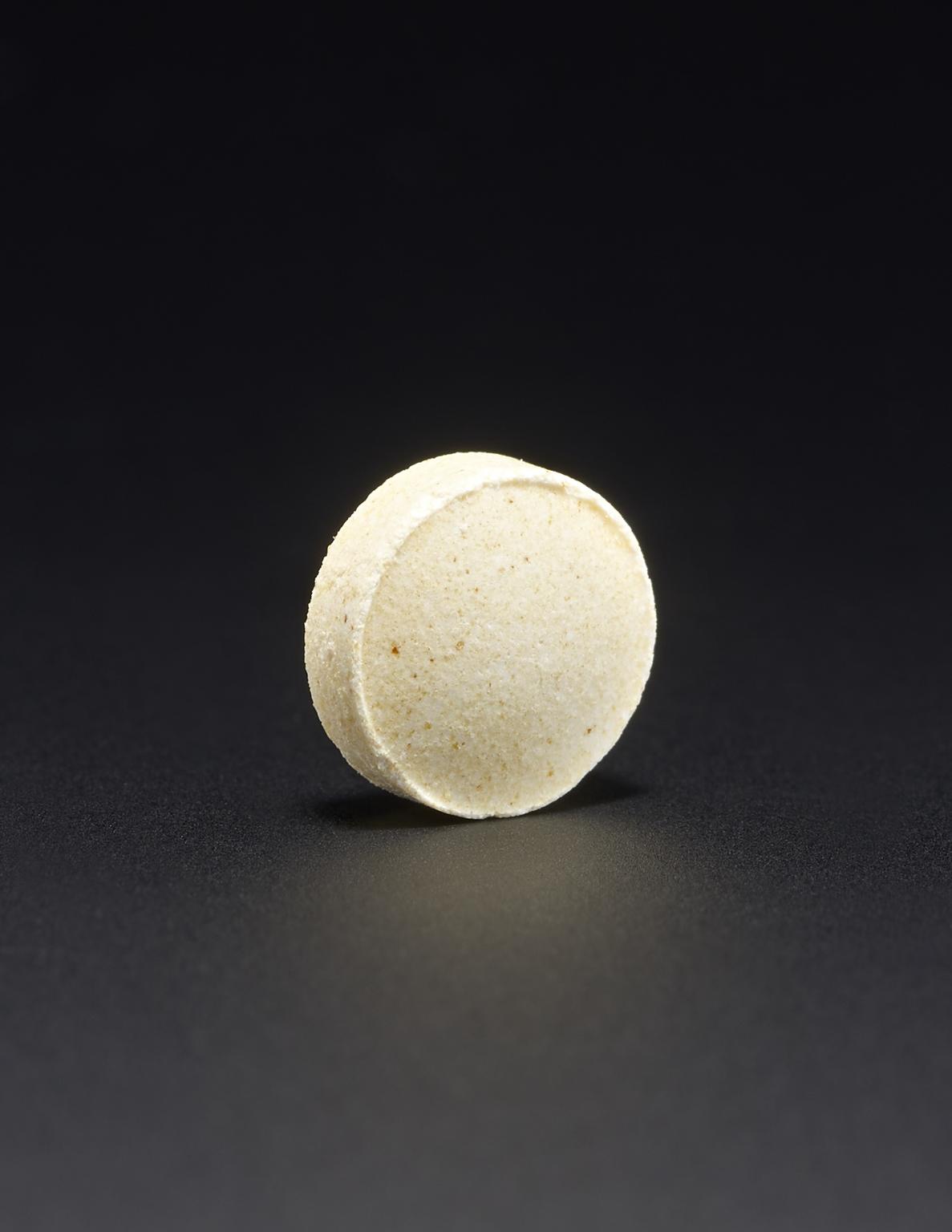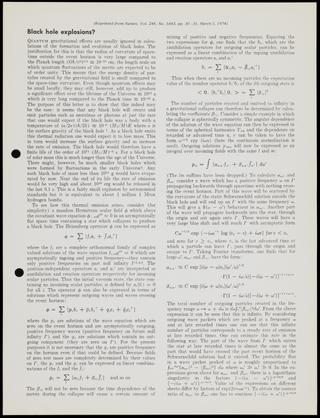Carry-on holdall
Carry-on holdall made by Atlantic, for carrying communications systems and power supplies.
More
The Stephen Hawking's Office collection includes a broad sample of his mobility and communications equipment. These items were not originally stored in the office. Over the past two decades, as these items were decommissioned, they were collected by the Stephen Hawking Archive at Cambridge University. The one exception among these items were Stephen's first generation comminications equipment, which were originally lent to the Science Museum and have become part of the permanent collection, having been on display since 1999.
The wheelchairs in the collection are an almost complehensive sample from the last three decades of his life, and were not just mobility devices. They were fitted with custom-built computers and related electronics that facilitated Stephen's interaction with the world. Up until the 1990s,, Stephen could operate the wheelchair himself with his hand, and he operated his communications devices and computers with hand clickers. Later on, as his hand movements diminished, together with his graduate assistants he tried out other mechanisms, eventually settling with an infrared detector reading the movement off his cheek. This was the system he used for the last decade and a half of his life. By that point, the wheelchairs were controlled by his assistants.
The communications technologies on the wheelchair were a combination of commercial products, customizations provided by his own graduate assistants, and later on, with the help of teams provided by Intel Corporation. The computers themselves were provided by Intel since the late 1990s; they were standard PCs in custom encasements for carrying along with the wheelchair.
- Measurements:
-
overall: 420 mm x 460 mm x 280 mm, 2.76 kg
- Materials:
- textile , plastic (unidentified) and metal (unknown)
- Object Number:
- 2021-561/515/1
- type:
- bag - container
- Image ©
- The Board of Trustees of the Science Museum




















